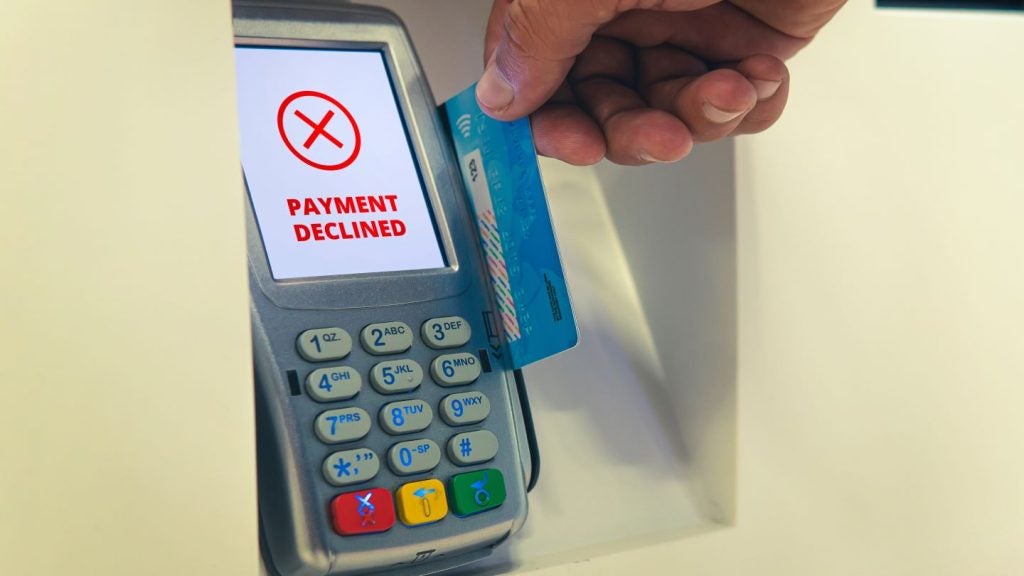
Where 10 years ago it was unthinkable to leave the house without your wallet, now across the globe and particularly for younger generations, physical wallets are falling out of fashion for their mobile, digital alternative. The reason can be put simply: Digital wallets make payments more seamless, convenient and secure.
Worldpay’s Global Payments Report data found there is strong consumer appetite for digital wallets no matter what country was being looked at. For example, in 2023, digital wallets accounted for 50% of global e-commerce spending, totalling just under $3.1trn. But people are tapping into the conveniences of digital wallets in person as well, with point-of-sale transaction volumes reaching $10.8trn globally, or 30% of all in-person spending.
So, what is a digital wallet? A digital wallet is an application that safely stores payments credentials like bank account and credit card numbers along with personal billing and shipping information. Once loaded, a digital wallet is used via a digital checkout experience online on mobile phones or via a contactless payment terminal or QR code, which is common across Asia.
As these payment modalities proliferate across the world, and as the EU’s Digital Markets Act continues to impact the ‘tap and go’ industry, it’s worth taking a look at different regulations impacting digital wallets across the globe to see what may be in store for the UK’s payments landscape.
Continental Europe
While big names have gained prominence in Europe, the EU has worked to legislate against one digital wallet brand taking a competitive advantage. The EU’s Digital Markets Act – which requires phone companies to allow alternative digital wallet options – contributes to keeping Europe’s e-com payment landscape diverse.
Digital wallets are Europe’s leading e-com payment method overall and also lead in the following four markets (Denmark, Germany, Italy, Spain). Accounting for 30% of e-com transaction value in 2023, wallets are projected to grow at 17% CAGR through 2027 when they will account for an estimated 40% of e-com value.
On top of the recognisable brands, homegrown wallets have become particularly influential in Denmark (MobilePay), Finland (Pivo), Norway (Vipps) and Turkey (BKM Express and Maximum Mobil). We expect more firms offering digital wallet solutions to appear as phone providers start allowing alternatives to their own payment products. The UK will be watching closely to see how widely these are adopted and whether a shakeup in the digital wallets market has a place in the UK.
But Europe doesn’t only see diversity in the digital wallets sphere. The continent’s entire payments landscape differs vastly from country to country. According to our data, credit cards, debit cards and account-to-account (A2A) payments each led in at least two European markets in 2023.
Take A2A for example, which accounted for 18% of Europe’s e-com transaction value in 2023. A2A is especially dominant in The Netherlands due to the overwhelming popularity of the domestic A2A scheme iDEAL. iDEAL is ubiquitous in the Netherlands, used by nearly 100% of Dutch consumers and making over one billion transactions per year among more than 210,000 merchants. With iDEAL now owned by EPI and its replacement WERO expected in the coming years developments will be interesting to follow.
The variety of payments methods in Europe is reflective of the critical importance of local histories, politics, cultures and economics in the evolution of each nation’s payment markets. Looking forward, payment innovations will likely continue to be decentralised with varied methods finding success while resisting winner-take all scenarios.
Asia taking a different approach
Data from 2023 found digital wallets to be far more ubiquitous than in Europe. APAC consumers led the world in digital wallet use online, accounting for 70% of e-com transaction value in 2023, or over $2trn. Digital wallets were the leading e-com payment method in five of fourteen APAC markets, these being China, India, Indonesia, The Philippines and Vietnam. By 2027, Worldpay forecasts that Hong Kong, New Zealand, Singapore, South Korea and Taiwan will join that list.
And unlike Apple Pay in Europe, digital wallet brands such as Alipay and WeChat Pay, have gained a competitive presence in APAC markets. Part of their surge in popularity can be attributed to the fact that many markets in this region never had a strong card payments culture before innovations in digital wallets became widespread. The payments landscape in certain markets in APAC is very dynamic. In China, state-owned UnionPay has historically transacted nearly all domestic card volume, but that is beginning to change. In July 2023, digital wallet giants Alipay and WeChat Pay separately announced they will allow visitors to link their Diners Club, Discover, JCB, Mastercard and Visa cards to use wherever Alipay and WeChat Pay are accepted. Then, in November 2023, The People’s Bank of China issued a bank card clearing license to Mastercard for issuing and processing in China.
Payment ecosystems are complex and sometimes small state interventions can lead to major changes in the way consumers pay.
The future of digital wallets
Digital wallets are set to continue exploding in popularity, further reshaping the payment landscape with their ease and security. Europe’s diverse payments market, influenced by the EU regulations, fosters competition and innovation, while Asia leads in pure adoption figures. As the UK observes these trends, it is clear that the future of payments is digital, with solutions tailored to local needs and regulations ensuring a varied and dynamic marketplace.
Silvia Mensdorff-Pouilly is Head of Business Development EMEA Enterprise at Worldpay








